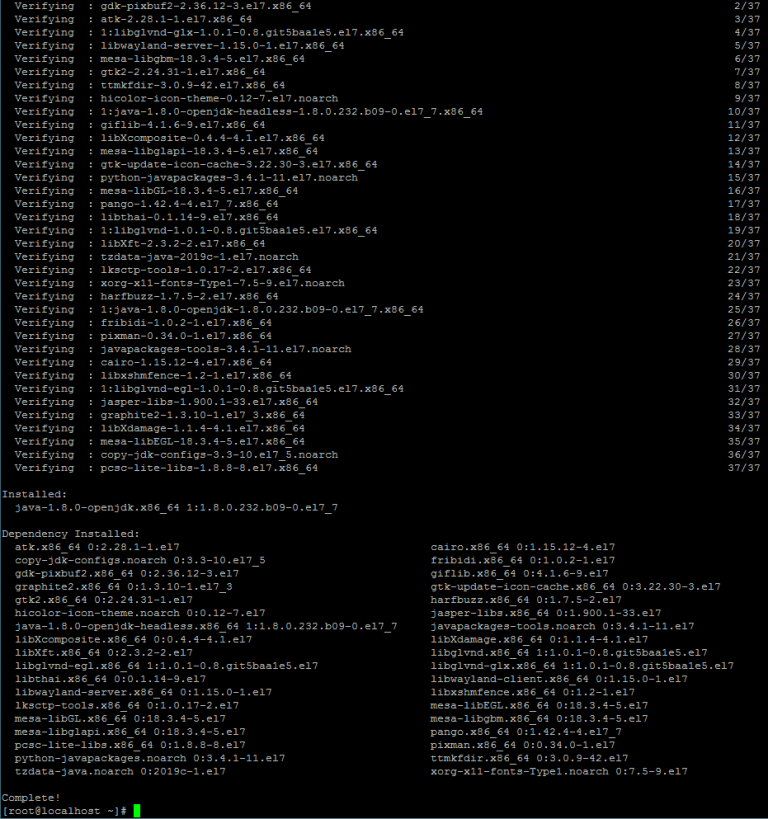

# Tell exampleCA to sign the certificate. # Create a certificate signing request for dname "CN=, OU=Example Org, O=Example Company, L=San Francisco, ST=California, C=US" \ The certificate is presented by the server in the handshake. # Export the exampleCA public certificate as exampleca.crt so that it can be used in trust stores. ext BasicConstraints:critical="ca:true" \ dname "CN=exampleCA, OU=Example Org, O=Example Company, L=San Francisco, ST=California, C=US" \ # Create a self signed key pair root CA certificate. The root CA certificate has a couple of additional attributes (ca:true, ke圜ertSign) that mark it explicitly as a CA certificate, and will be kept in a trust store. The first step is to create a certificate authority that will sign the certificate.

In this example, we assume the hostname is. You will need a server with a DNS hostname assigned, for hostname verification.
#Pwgen in java install#
Generating a random passwordĬreate a random password using pwgen ( brew install pwgen if you’re on a Mac): export PW=`pwgen -Bs 10 1` The examples below use keytool 1.8 for marking a certificate for CA usage or for a hostname. Use the keytool version that comes with JDK 8:
#Pwgen in java verification#
This is why certificate verification is so important: accepting any certificate means that even an attacker’s certificate will be blindly accepted. Certificates are used to establish information about the bearer of that information in a way that is difficult to forge. The best way to think about public key certificates is as a passport system. Public key certificates solve this problem. Without some means to verify the identity of a remote server, an attacker could still present itself as the remote server and then forward the secure connection onto the remote server. Encryption alone is enough to set up a secure connection, but there’s no guarantee that you are talking to the server that you think you are talking to. Public key certificates are a solution to the problem of identity. For example, you can add the following bash shell function to your ~/.Generating X.509 Certificates X.509 Certificates Of course, there are many other ways to generate a strong password. We can also use the gpg tool to generate a strong 14 characters password: Use sha1 hash of given file as a (not so) random generatorĭon't print the generated passwords in columnsĭo not use any vowels so as to avoid accidental nasty words Include at least one special symbol in the passwordĭon't include ambiguous characters in the password Include at least one number in the password Include at least one capital letter in the passwordĭon't include capital letters in the password You can also use some of the following flags: Once the installation is complete, use the following command to generate a random string of 14 characters: pwgen 14 1


To install pwgen run: sudo apt-get install pwgen Pwgenis a tool that generates random, meaningless but pronounceable passwords. In this method we will filter the /dev/urandom output with tr to delete unwanted characters and print the first 14 characters: < /dev/urandom tr -dc A-Za-z0-9 | head -c14 echo 3. This method uses the openssl rand function and it will generate 14 characters random string: openssl rand -base64 14 2.


 0 kommentar(er)
0 kommentar(er)
